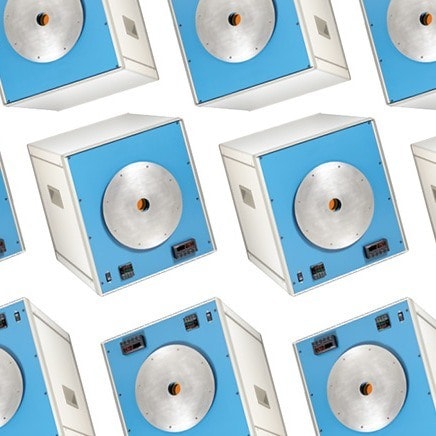In many industries, knowing what temperature a product has been exposed to – and for how long – is essential data. Whether the process is sterilizing surgical instruments in an autoclave or heating food before canning, temperature data loggers are relied on to measure, document, and analyze changes in temperature conditions. A temperature data logger is a particular type of data logger optimized or configured for temperature probes or temperature sensors – and humidity sensors, too, if the temperature data logger also functions as a humidity data logger.
How Does a Temperature Data Logger Work?
Often battery powered, a temperature data logger accepts one or more sensor inputs, sampling and saving data at a predetermined frequency. At the end of the acquisition period the logger is recovered, and the data is downloaded onto a PC for analysis. Some data loggers even transmit the measurement results to a PC or other device, eliminating the need for field visits.
For logging ambient environments, data loggers with integrated precision sensors create a compact, lightweight recording device. Its weakness is that it must be placed at a point where temperature is to be measured. This prevents temperature data loggers with internal sensors from being used in high temperature environments – as the electronic elements in the device need to operate within a working temperature range. However, it makes them useful for logging temperatures experienced in-transit, as might be required when shipping artwork or perishable produce, such as eggs.
The issue of measuring and recording temperature in environments that are either too hot or too cold for temperature data loggers with internal sensors is addressed by temperature data loggers that have probes attached or special housing with integrated sensors designed to monitor extremely hot or extremely cold environments. The sensor probe can be placed within the harsh environment, measuring temperature, with the recorder remaining safely outside in an appropriate location. For example, while the internal temperature of an industrial oven may be too hot for a single packaged temperature data logger, a sensor probe can be placed within the oven and the recorder can record the data from outside of the oven.
Multi-channel Temperature Data Loggers
Temperature data loggers are available with as many as 16 inputs dependent upon sensor type. They will work with thermocouples, thermistors, as well as 2-, 3-, or 4-wire RTD temperature sensors.
Data Retrieval
Many temperature data loggers with an internal sensor are designed like a USB drive and will plug into a USB port on a computer for data download. Others use the USB interface but require a separate cable. Bluetooth interface is also another option. Some temperature data loggers can be used on an Ethernet network to send data back to a central PC while others use wireless to send measurements. Both approaches eliminate the requirement to travel out to the location of a temperature data logger in the field to recover the data.
Applications
Temperature measurement is important in applications ranging from monitoring the health of rivers and streams to verifying that sterilization procedures have been performed correctly. Temperature data loggers can be used to observe measurements over extended periods as a way of determining long term trends. They can also be used to record the maximum or minimum temperature attained as well as duration of exposure.
- Sterilization
Sterilization is an important part of many industrial and business environments – including hospitals, dentists’ offices, tattoo studios, and breweries. However, without validation and proper mapping, sterilization processes may not be operating correctly. Temperature data loggers are used to measure and record temperature changes in these processes; allowing operators an opportunity to ensure that the correct temperatures are reached to achieve sterilization.
The same holds true in plant and animal propagation. A particular concern for some system managers and operators is protection against legionella, which can cause a potentially fatal form of pneumonia. A record of temperature and humidity, which can be provided by a temperature data logger, provides a time-stamped record of the experienced conditions of media over an extended period.
- High-Temperature Environments
In some industrial processes, such as pasteurization or food canning, a high temperature environment is required to safely complete the process. A temperature data logger can provide a canned food manufacturer, for example, with evidence that their product reached the minimum temperature needed to destroy organisms like botulism.
- Cold Chain Transportation
For many products, including various types of foods and pharmaceuticals, carefully controlled conditions are essential during transportation to avoid spoilage. A temperature data logger can be placed in with transported materials, providing a record of the conditions experienced. This helps to ensure the integrity of the products and allows operators to assess logistical systems for necessary changes or upkeep. This record also provides evidence should any claim of mishandling arise.
Conclusion
With so many temperature data loggers available, it can be difficult to select the right one. Only by understanding the reasons for temperature logging can the most important properties be identified, and the range of possible equipment narrowed down.
Check out Omega’s selection of temperature data loggers and contact Omega’s technical professionals for further suggestions on the right equipment for your unique application.

